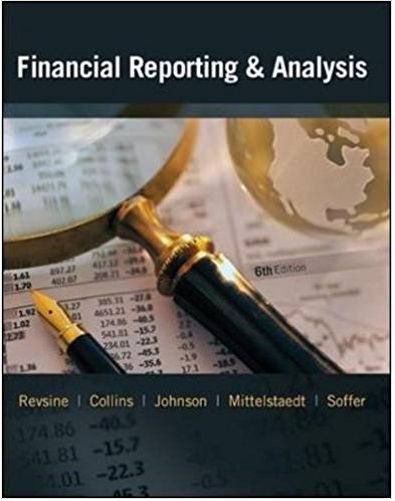What is the worst interpretation on the given information of RTE cereal case below? Focus on the statistics of Kellogg only. Market share of Kellogg
What is the worst interpretation on the given information of RTE cereal case below? Focus on the statistics of Kellogg only.
Market share of Kellogg in 1993: 46.2%
Expected market share by introducing one new brand by Kellogg: 0.2% (based on the calculation of (0.462 0.13) 30)
Market size in 1993: The U.S. market consumes 2.64 billion pounds of cereal per year.
Plant capacity: An RTE cereal plant is estimated to require a capacity of 80 million pounds per year to achieve minimum efficient scale (MES). A plant of this capacity employs 125 employees and requires a capital investment in excess of $100 million.
Development of a new brand: require R&D expenditure of $7.5 million
(a) 33 plants of minimum efficient scale are required to cover the whole market demand, based on the calculation of 2.64 billion pounds divided by 80 million pounds.
(b) New entrants need to build a plant with a capacity of roughly 3% market share to benefit from economies of scale, based on the calculation of 100% market share divided by 33 plants of minimum efficient scale.
(c) New entrants need to introduce 15 new brands to build a plant of minimum efficient scale, based on the calculation of a plant with a size of 3% market share divided by 0.2% expected market share per one new brand introduction.
(d) Economies of scale and product proliferation is not a barrier to entry given the number of new brands required to achieve minimum efficient scale of a plant.
Step by Step Solution
3.36 Rating (152 Votes )
There are 3 Steps involved in it
Step: 1
a mathematically correct No of plants required 264080 33 Product differentiation is ignored and it i...
See step-by-step solutions with expert insights and AI powered tools for academic success
Step: 2

Step: 3

Ace Your Homework with AI
Get the answers you need in no time with our AI-driven, step-by-step assistance
Get Started


